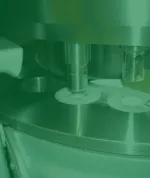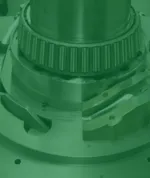What is Ejection Force and Why Does It Matter in Tablet Compression?
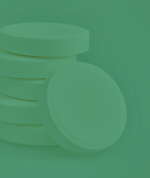
Ejection force is the amount of pressure needed to push a finished tablet out of the die cavity in tablet presses. After the powder formulation has been compressed into a solid form, the lower punch moves upward, which forces the tablet out of the die:
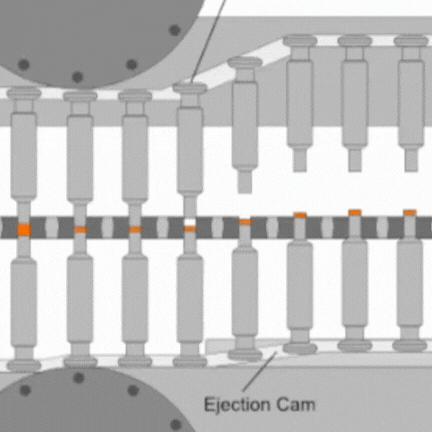

Although this part of the tablet press operating cycle may sound straightforward, it can cause serious issues if the ejection force is too high. High ejection force can put strain on critical tablet press parts such as the punches, dies, and ejection cams. Over time, the increased pressure causes faster wear, resulting in breakdowns and expensive repairs.
High ejection force can also impact the finished tablets themselves, causing common defects like capping and lamination. If the tablet doesn’t eject smoothly, it can split, break, or come out with rough edges. This means waste, rework, and lost time during manufacturing.
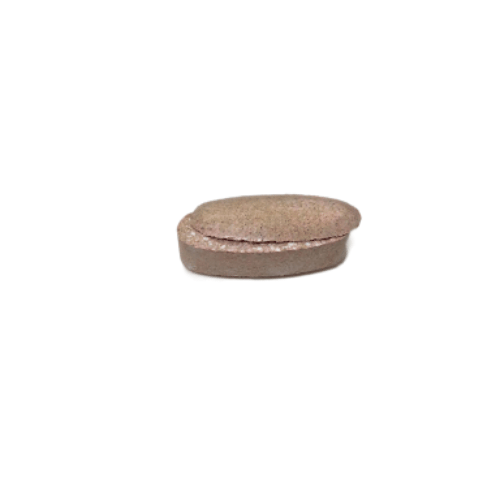

Even a slight increase in ejection force is something to pay attention to. It could signal something else is going wrong, like worn dies, inadequate lubrication, or over-compression.
In rare circumstances, the ejection force necessary to push the tablet out of the die can be more than the tablet compression force. This can happen with unusually shaped or thick tablets, particularly those containing a core rod. These designs increase the area in contact with the die wall, increasing friction and making ejection more difficult.
That’s why every operator’s training and maintenance routine should include an understanding of ejection force, what causes it, and how to mitigate it.
What is Ejection Force in Tablet Compression?
Ejection force happens at the end of the tablet compression cycle. After the upper and lower punches have compressed the powder into a solid tablet, the upper punch lifts. At this time, the tablet is still inside the die cavity.
Next, the lower punch moves upward and pushes the finished tablet out of the die, ejecting it from the die table. As the tablet rises, it presses against the die, which creates friction. This friction is the ejection force, or the resistance the tablet gives as it is pushed out of the die. When the inside of the die is smooth and properly fits with the punch, the easier this stage is. Inversely, if the die is old, rough, or has product buildup, the tablet becomes stuck and drags against the inside of the die.
There are several variables that can cause friction:
-
The tablet is too large to fit the die (this is common with worn out or “barreled” dies).
-
The die wall has scratches, burrs, or residue buildup.
-
The tablet formulation is sticky or over-compressed.
-
There is not enough lubrication (in the formulation) between the tablet and the die.
If the ejection force becomes too high, additional strain is put on the tooling, particularly the bottom punch and the ejection cam. It can also cause tablets to split or break as they are ejected out of the die.
This is why it’s critical to monitor the stage of the tablet compression cycle closely. Even if the tablet press machine appears to be operating normally, high ejection force can gradually wear down the tooling and cause issues that can appear later in production.
Why Does Tablet Ejection Force Increase?
There are several things that can cause high ejection force during tablet production. When it happens, it can result in tablet defects, faster tooling wear, and even damage to the tablet press machine.
Here’s what to watch out for when identifying an increase in ejection force:
Worn or Barreled Dies
Unavoidably, tablet press dies wear out over time. The continuous pressure and motion can cause the inner walls of the die to change shape, typically becoming concave. This is known as barreling, and when this happens, the tablet becomes slightly wider in the middle than at the top or bottom. As the lower punch tries to push it out, the tablet becomes trapped in the middle of the die. This causes an increase in ejection force, which may lead the tablet to crack or split.
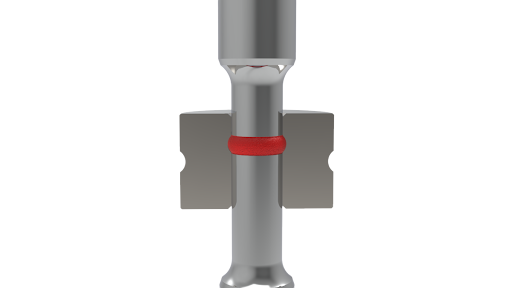

Granulation Sitting Too Long in the Die
If the tablet press machine is stalled or running slowly, powder can sit in the die cavity for an extended period of time before being compressed. Particularly with formulations that have moisture or binding agents, there may be some issues with the product adhering to the die wall. Because of the stickiness, the tablet is difficult to eject after compression. This is especially common in formulations with fine particles or poor flow.
Not Enough Lubrication
Lubrication is essential for keeping ejection force low. It decreases the friction between the tablet and the die wall, allowing the tablet to eject smoothly. If the tablet press machine is not properly lubricated, or if the automatic lubrication system isn’t functioning as it should, friction can build up quickly. This leads to scoring on the punch barrels, damaged die walls, and overall increased wear.
In addition to machine lubrication, ejection force can also be reduced by including a powder lubricant in your formulation. Formulation lubricants, such as magnesium stearate, coat the particles and help the finished tablet to eject out of the die. This internal lubrication is particularly useful for sticky or moisture-sensitive granulations.
Too Much Compression Force
Applying more pressure than needed during tablet compression doesn’t necessarily result in a better tablet. Over-compression squeezes the powder so tightly that it slightly expands inside the die, which makes ejection difficult. It also increases the likelihood of trapped air inside the tablet, which can cause capping. Always set the compression force according to what’s needed for the formulation.
Damaged or Misaligned Tooling
Even the slightest bit of damage can affect the punches or dies’ functionality. A bent punch, a die with a burr, or anything that is out of alignment can all cause major issues during the ejection stage of the compression cycle. Misalignment of the punch and die might also cause uneven pressure on the tablet as it ejects, increasing the risk of it breaking. The tooling should always be examined before they are installed and should not be forced into place.
What High Ejection Force Can Do to Tablets and Tablet Press Machines
When the ejection force is too high, it can create significant issues for both the tablets and the tablet press. These problems aren't often visible right away, but they build up gradually; this could result in downtime, extra costs, and frustrated operators and stakeholders.
Here is a table that details the effects of high ejection force in tableting:
The Effects of High Ejection Force in Tablets
|
Problem |
What Happens |
|
Laminating or Capping |
Tablets split or break during ejection, leading to defects and waste |
|
Punch Tip Wear |
Punches wear out faster or break, increasing replacement costs |
|
Cam Damage |
Ejection cams wear or groove, causing misalignment and poor ejection |
|
Press Overheating or Seizing |
Extra load on motor and gears causes overheating, stoppages, or mechanical failure |
|
Frequent Production Interruptions |
More stops for cleaning, repairs, or part replacement reduce output |
Excessive ejection force can cause a chain-reaction that increases the likelihood of errors, downtime, and tablet press maintenance expenses. Keep the ejection force within a safe range and maintain the smooth operation of your press with routine inspections, appropriate lubrication, and attention to tooling conditions.
How to Reduce Ejection Force in Tablet Compression
If you are encountering tablet defects, worn tooling, or tablet press strain, one of the first things that needs to be considered is reducing ejection force. Here are five tested methods to lower tablet ejection force:
Use Tapered Bore Dies
Tapered dies have a slight inward slope and the top and bottom edges, usually just a few ten-thousandths of an inch.This small taper helps the tablet to slide out more easily by reducing the surface contact between the tablet and die wall during ejection. Some dies are even reversible, with a taper on both sides, so the die can be flipped, extending its lifespan. Tapered dies are particularly good for sticky powders and large tablets.
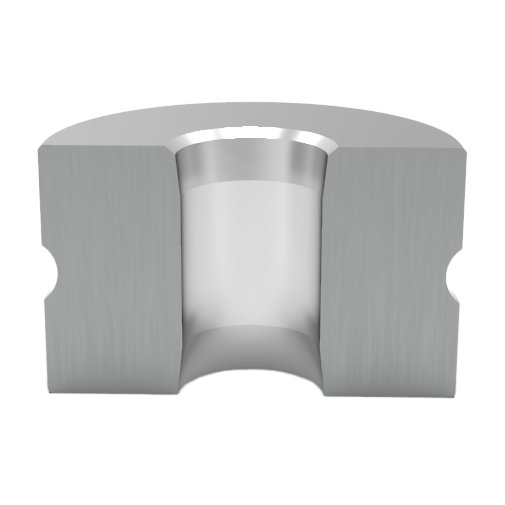

Adjust the Upper Pressure Roll to Press Higher in the Die
The deeper the tablet is compressed in the die, the harder it can be to eject. Adjusting the upper pressure roll so that the punches compress the tablet closer to the top of the die. This shortens the distance the tablet travels during ejection. This adjustment directs wear across a different part of the die wall, reducing friction during the ejection stage. It can also assist in removing trapped air, which can cause capping and lamination.
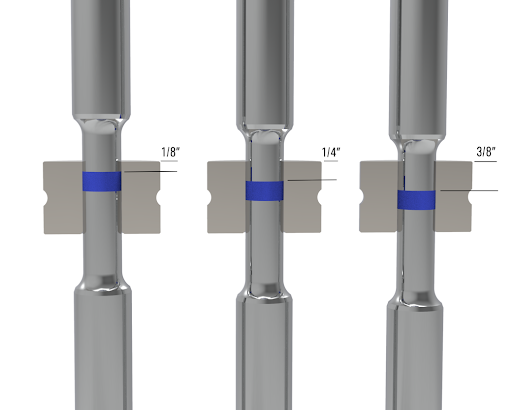

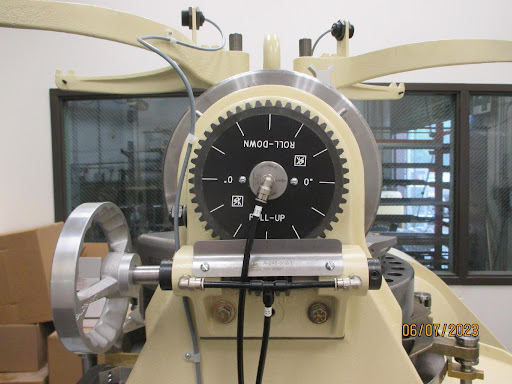

Keep Dies and Punches Clean and Smooth
Any powder buildup, burrs, or scratches on die walls or punch barrels can increase friction. To keep the surfaces smooth, use the correct cleaning tools (never steel wire brushes) and solvents. While cleaning the tablet press tooling, look out for nicks or scoring. A clean and well-maintained punch and die set helps the tablet eject smoothly and reduces wear on the ejection cam.
Maintain Proper Lubcrication
Both machine lubrication and formulation lubrication are important. Regularly inspect the tablet press machine’s automatic grease system to ensure that it is working properly and check that the essential parts like punch barrels, cam tracks, and roll carriers have enough grease or oil. Also be sure to include a powder lubricant such as magnesium stearate in your formulation.
Improve Your Formulation's Granulation
Granulation has a significant impact on tablet ejection force. Too many fine particles can cause tablets to become dense and sticky. Powders that are sensitive to moisture or have poor flow often stick to the die wall. Check your formulation if there are consistent occurrences of high ejection force. Eliminating fines, improving particle size uniformity, and adjusting the binder levels in the formulation can all contribute to helping tablets eject smoothly.
Simple Maintenance Tips for High Ejection Force in Tablet Compression
To prevent tablet ejection force issues, special tools or complex methods are not required, only regular habits. Simple checks and routines can help protect your tooling, stop tablet defects, and keep your tablet press machine running smoothly.
- Check Ejection Cams for Wear - Look for grooves, scoring, or any rough scratches. If it is too far worn, replace to avoid uneven punch movement and tablet defects.
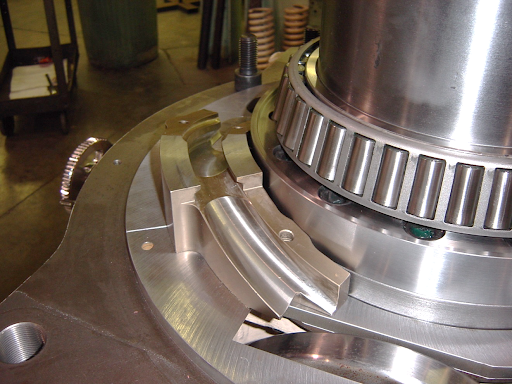

- Confirm Proper Tooling Clearance - Check to see that punches drop freely and rotate smoothly. Binding or resistance may mean misalignment or damage.
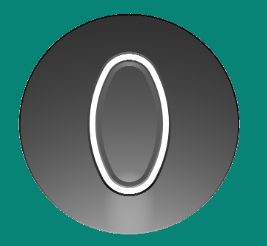

- Replace Worn or Damaged Dies - Don’t run dies with any nicks, burrs, or barreling. These increase friction and stress on the press.
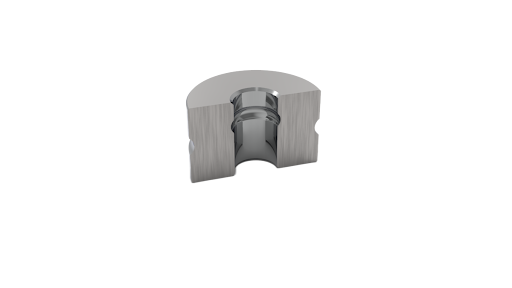

- Stick to a Cleaning and Lubrication Schedule - Wipe down important components daily, confirm that the auto-lubrication system is working in the tablet press machine, and deep clean when needed.
- Watch for Early Warning Signs - Tablet sticking, a stuck handwheel, or anything odd can mean an increasing ejection force or other issues.
Ejection force is an element in tableting that is critical in keeping tablet press machines running efficiently and tooling in its best shape. With the appropriate machine setup, regular maintenance, and adjustments, you can save downtime, avoid costly repairs, and manufacture higher quality tablets.
Scheu & Kniss is ready to help you troubleshoot any ejection force issues. With our extensive services ranging from training, OEM tablet press spare parts, turret repair, and tablet press rebuilding, we are able to provide a full-service solution for your tableting needs. Contact us today to schedule service, get expert training, or order the parts you need to keep operation going strong.




